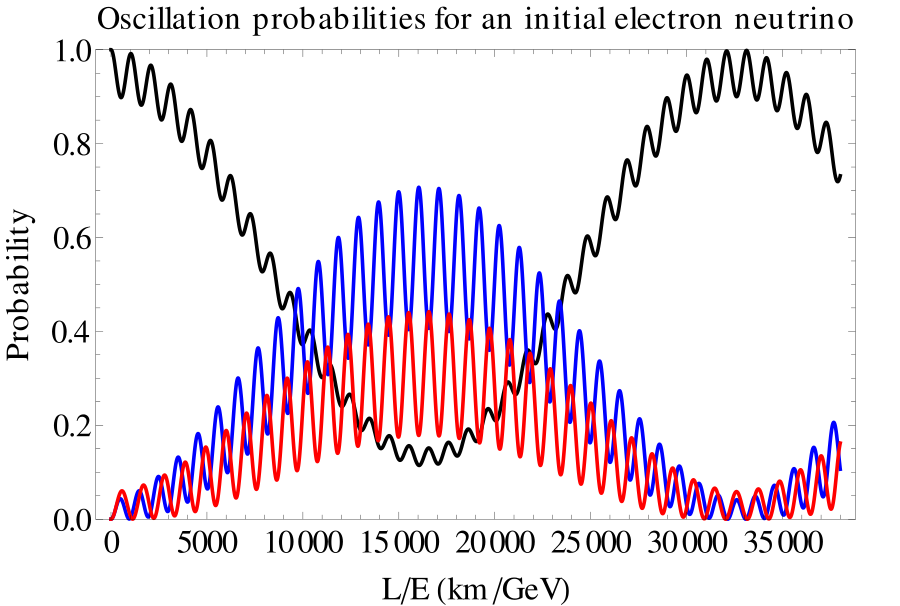We come across different types of motions exhibited by different bodies in our day to day life. In physics, translator motion is the type of motion in which the body moves from one place to another with respect to time. Take a flight, for example, or a moving train or a moving ball – these are all examples of translator motion. Then we have oscillatory motion, in which the body repeats the same movement over and over again. The examples of oscillatory motion include the clock, the tuning fork, the motion of the swing, etc. Oscillations and waves are woven into a host of phenomena we experience every single day.
Oscillations or vibrations are free if, after an initial excitation, the system oscillates subject to its own internal forces but no external forces. On the other hand, if the external force continues to sustain the oscillation of the system, the vibrations are said to be forced. The external force here is called the driving force. So, a body executes free vibrations when it oscillates without the influence of an external force whereas when a freely oscillating system is subjected to an external force, thereby affecting its oscillation, it starts producing forced vibrations (or oscillations). Let’s take a look at some key differences between free and forced oscillations.

What is Free Oscillations?
Let’s take an example of a tuning fork. When you struck a tuning fork, it starts to vibrate for some time at a set frequency. This means it is in free oscillation because it vibrates at its natural frequency and the tuning fork here acts as a free oscillator. So, if an oscillator is set to vibrate at its natural frequency with no external force acting on it, then it is described as free oscillator. Vibrations are free if, after an initial excitation, the system oscillates the subject to its own internal forces without any external forces applied to it. The subject is then said to be in free oscillation. Without any external force, the free oscillator is said to have constant amplitude and period. Ideally, a free oscillator doesn’t undergo damping unless resistance is applied to the free oscillation.

What is Forced Oscillations?
Take an example of a swing. When you push the swing just once, it acts as a free oscillator which oscillates at its own natural frequency without any interference from any external force. But it will eventually stop swinging. But if you push the swing each time it begins to slow down or reaches a certain point, it acts as a forced oscillator and will continue to swing because it’s being subjected to an external force. So, the subject yields to the external force and oscillates with constant amplitude and with the frequency of the force. Its oscillations are then called forced oscillations. In technical terms, forced oscillations can be defined as the oscillations in which the body oscillates with a frequency other than its natural frequency under the influence of an external periodic force.
Difference between Free and Forced Oscillations
Definition of Free Vs. Forced Oscillations
– Free oscillations are oscillations execute by a subject without being acted upon by an external force. They occur due to the elastic forces and inertia of the system. Without any external force, the free oscillator is said to have constant amplitude and period. On the contrary, forced oscillations can be defined as the oscillations in which the body oscillates with a frequency other than its natural frequency under the influence of an external periodic force. The external force here is called the driving force.
Example of Free vs. Forced Oscillations
– Let’s take an example of a playground swing. When you push the swing just once, it oscillates at its own natural frequency without any interference from any external force, so it acts as a free oscillator. But if you push the swing each time it begins to slow down or reaches a certain point, it will continue to swing because it’s now being subjected to an external force, so it acts as a forced oscillator. Other examples of free oscillations include a tuning fork, a pendulum, etc.
Free vs. Forced Oscillations: Comparison Chart

Summary of Free Vs. Forced Oscillations
In a nutshell, free oscillations are oscillations in which a body or system oscillates with its own natural frequency without being acted upon by an external force. On the contrary, forced oscillations are oscillations in which the body oscillates with a frequency other than its natural frequency under the influence of an external periodic force. Free oscillations diminish gradually due to the resisting forces called damping forces whereas forced oscillations persist as long as the body is acted upon by an external force.
- Difference Between Caucus and Primary - June 18, 2024
- Difference Between PPO and POS - May 30, 2024
- Difference Between RFID and NFC - May 28, 2024

